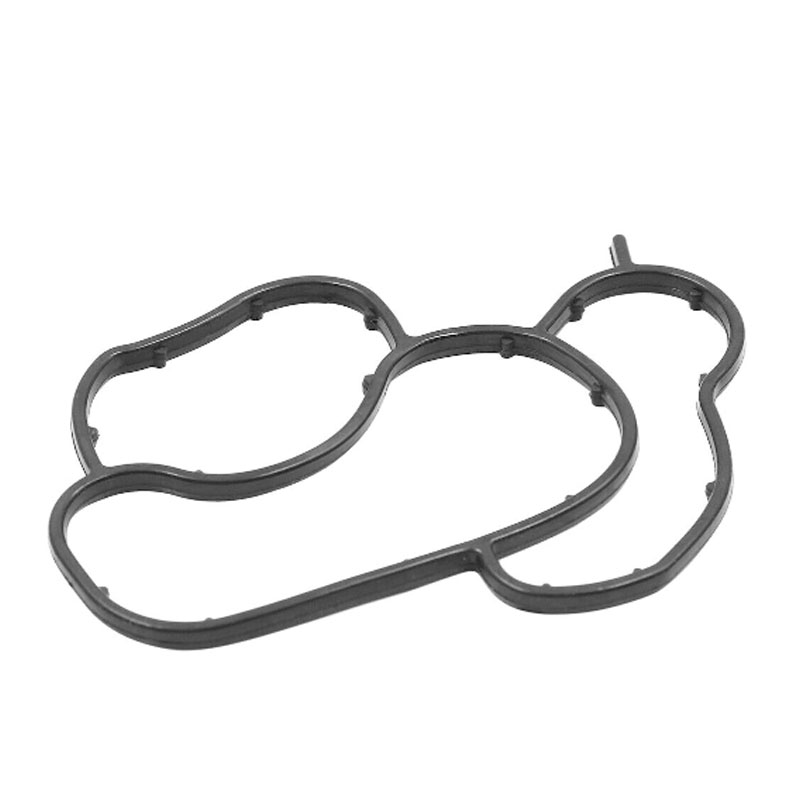side shaft oil seal
Understanding Side Shaft Oil Seals Essential Components for Auto Maintenance
In the world of automotive mechanics, oil seals play an indispensable role in ensuring the smooth operation of vehicles. One particular type, the side shaft oil seal, is crucial for maintaining the integrity and functionality of a car's drivetrain. This article delves into the purpose, structure, installation, and maintenance tips for side shaft oil seals, highlighting their importance in vehicle upkeep.
What is a Side Shaft Oil Seal?
The side shaft oil seal, also known as a CV (Constant Velocity) joint seal or axle shaft seal, is designed to prevent lubrication oil from leaking out of the axles. Located at the interface where the axle connects to the transmission or differential, these seals ensure that the internal components are not only lubricated but also protected from dirt and moisture.
In essence, the side shaft oil seal consists of a rubber or elastomeric body that creates a barrier against liquid and debris. It typically features a metal casing for added durability and a spring mechanism that helps maintain pressure against the rotating shaft, enhancing its sealing effectiveness.
The Importance of Side Shaft Oil Seals
1. Preventing Oil Leaks The primary function of side shaft oil seals is to prevent the escape of lubricating oil from the axle system. Oil leaks can lead to inadequate lubrication, resulting in increased friction and wear, which ultimately affects performance and could lead to expensive repairs.
2. Protecting Internal Components By preventing contaminants such as dirt and moisture from entering the axle assembly, side shaft oil seals contribute significantly to the longevity of drivetrain components. Contaminants can cause corrosion, wear, and even failure of vital parts.
3. Maintaining Vehicle Performance A properly functioning oil seal ensures that the axle operates efficiently, allowing the vehicle to perform optimally. Any malfunction in the oil seal can result in noticeable performance issues, including noise, vibration, and reduced fuel efficiency.
Signs of a Failing Side Shaft Oil Seal
Awareness of the symptoms of a failing side shaft oil seal can help drivers take timely action. Common signs include
- Oil Spots Puddles or spots of oil under the vehicle are often the first indication of a leaking seal. - Unusual Noises Grinding or clunking noises when turning may suggest a compromised seal or a failing CV joint. - Reduced Handling Difficulty in steering or unusual vibrations indicate that maintaining axle lubrication is becoming problematic, often due to seal failure.
side shaft oil seal

Installation of Side Shaft Oil Seals
Replacing a side shaft oil seal is a task that can often be accomplished with some mechanical knowledge and the right tools. Here’s a brief overview of the installation process
1. Preparation Start by lifting the vehicle securely and removing the wheel and hub assembly if necessary to access the axle.
2. Removing the Old Seal Carefully prying out the old seal using a seal puller or flat-head screwdriver can prevent damage to nearby components.
3. Cleaning the Area Clean the sealing surface thoroughly to ensure no remnants from the old seal are left behind. Any debris can affect the new seal's performance.
4. Installing the New Seal Lubricate the inner lip of the new seal with some clean oil, then carefully tap it into place using a seal driver. It’s crucial to ensure that the seal sits flush against the housing.
5. Reinstallation Once the new seal is securely in place, reassemble the axle and components, ensuring everything is torqued to specifications.
Maintenance Tips
To maximize the lifespan of side shaft oil seals, regular inspections and maintenance are advisable. Checking for signs of leaking or wear during routine vehicle servicing or when changing tires can help mitigate potential problems. Additionally, maintaining proper wheel alignment and avoiding excessive wear on drivetrain components will relieve undue stress on the oil seals.
Conclusion
Side shaft oil seals, though small components, play a pivotal role in ensuring the performance and longevity of a vehicle’s drivetrain system. Understanding their function, recognizing signs of failure, and following proper maintenance practices can save vehicle owners significant costs and headaches in the long run. By paying attention to these vital components, drivers can enjoy a smoother, safer ride and extend the life of their vehicles.
-
The Ultimate Guide to Car Repair Kits: Tools and Essentials Every Driver Should Own
News Aug.01,2025
-
The Complete Guide to Oil Pan Gaskets: Sealing Engine Leaks the Right Way
News Aug.01,2025
-
Preventing Oil Leaks: A Complete Guide to Oil Pan Gaskets and Drain Seals
News Aug.01,2025
-
Everything You Need to Know About Oil Pan Gaskets and Drain Plug Seals
News Aug.01,2025
-
Essential for Car Owners: How to Use a Car Repair Kit to Deal with Minor Breakdown
News Aug.01,2025
-
Comprehensive Guide to Engine Oil Sump Gaskets and Related Seals
News Aug.01,2025
-
The Ultimate Guide to Boat Propeller Bearings and Trailer Wheel Bearings
News Jul.31,2025
Products categories















